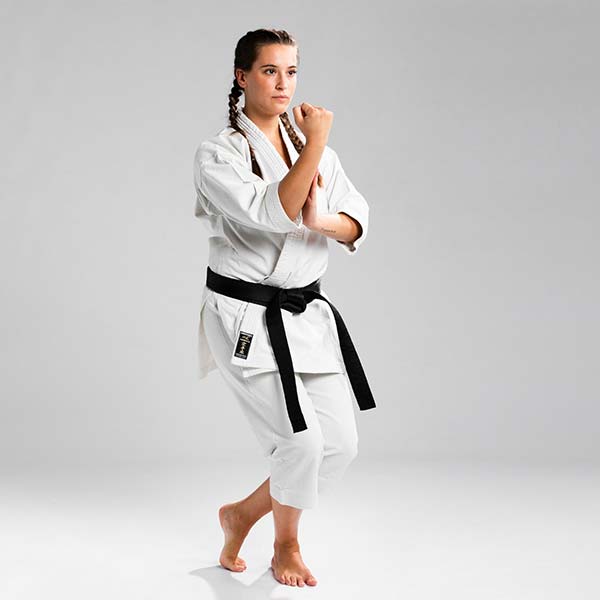
Kata, the intricate and dynamic forms practiced in traditional karate, are more than just a series of movements—they are a profound expression of the essence of martial arts. At JKA Shotokan Karate Club Dubai, affiliated with the esteemed Japan Karate Association UAE, we recognize the importance of mastering kata as a fundamental aspect of karate training. In this comprehensive guide, we’ll delve into the art of kata, exploring its history, significance, and the key principles for mastering these timeless forms.
Understanding Kata: Kata, which translates to “form” or “pattern” in Japanese, is a choreographed sequence of movements that simulates a combat scenario against imaginary opponents. Each kata consists of a series of techniques, including strikes, blocks, kicks, and stances,
performed in a predetermined sequence and rhythm. Kata serve as a repository of traditional karate techniques, principles, and philosophies, passed down through generations of martial artists
The History and Significance of Kata:
The origins of kata can be traced back to ancient Okinawa, where it was developed as a method of preserving and transmitting martial arts knowledge in the absence of written records. Over time, kata evolved into a comprehensive system of training, encompassing a wide range of techniques, strategies, and principles for self-defense and personal development. Today, kata remains an integral part of traditional karate practice, serving as a means of honing technical proficiency, mental focus, and spiritual awareness.
Key Principles for Mastering Kata:
Precision and Accuracy: Mastery of kata requires precision and accuracy in the execution of techniques. Practitioners must strive to perform each movement with perfect form, paying attention to details such as stance, posture, alignment, and timing. Through diligent practice and attention to detail, practitioners can refine their techniques and achieve greater proficiency in kata performance.
Focus and Concentration:
Kata practice demands intense focus and concentration, as practitioners must maintain mental clarity and awareness throughout the entire sequence. By cultivating a calm and focused mind, practitioners can enhance their ability to execute techniques with precision and fluidity, regardless of external distractions or challenges.
Rhythm and Timing: Kata are performed with a specific rhythm and timing, emphasizing the importance of timing and coordination in martial arts techniques. Practitioners must develop a sense of timing and rhythm that allows them to flow smoothly from one movement to the next, maintaining a steady pace and rhythm throughout the kata.
Breath Control:
Proper breath control is essential for maximizing power, efficiency, and endurance in kata performance. Practitioners should synchronize their breath with their movements, exhaling with each striking technique and inhaling during transitional movements or pauses. By mastering breath control, practitioners can enhance their stamina, focus, and overall performance in kata.
Expression and Intent:
Kata are not simply a series of mechanical movements—they are a means of expressing martial arts principles, concepts, and philosophies. Practitioners should strive to imbue their kata performance with intention, spirit, and emotion, reflecting the underlying meaning and purpose of each technique. Through mindful practice and self-expression, practitioners can breathe life into their kata, transforming them from rote exercises into dynamic expressions of martial arts mastery.
Conclusion: In conclusion, kata represent the heart and soul of traditional karate, embodying centuries of martial arts wisdom, tradition, and philosophy. At JKA Shotokan Karate Club Dubai, affiliated with the prestigious Japan Karate Association UAE, we’re dedicated to helping practitioners master the art of kata and unlock the profound insights and benefits it offers. Join us on the journey of kata mastery, where tradition meets innovation, and the spirit of martial arts excellence thrives. Contact us at +971 529564449 to learn more about our kata training programs, classes, and how you can become a part of our karate community. Together, let’s embark on a journey of discovery, growth, and mastery through the art of kata in traditional karate.
